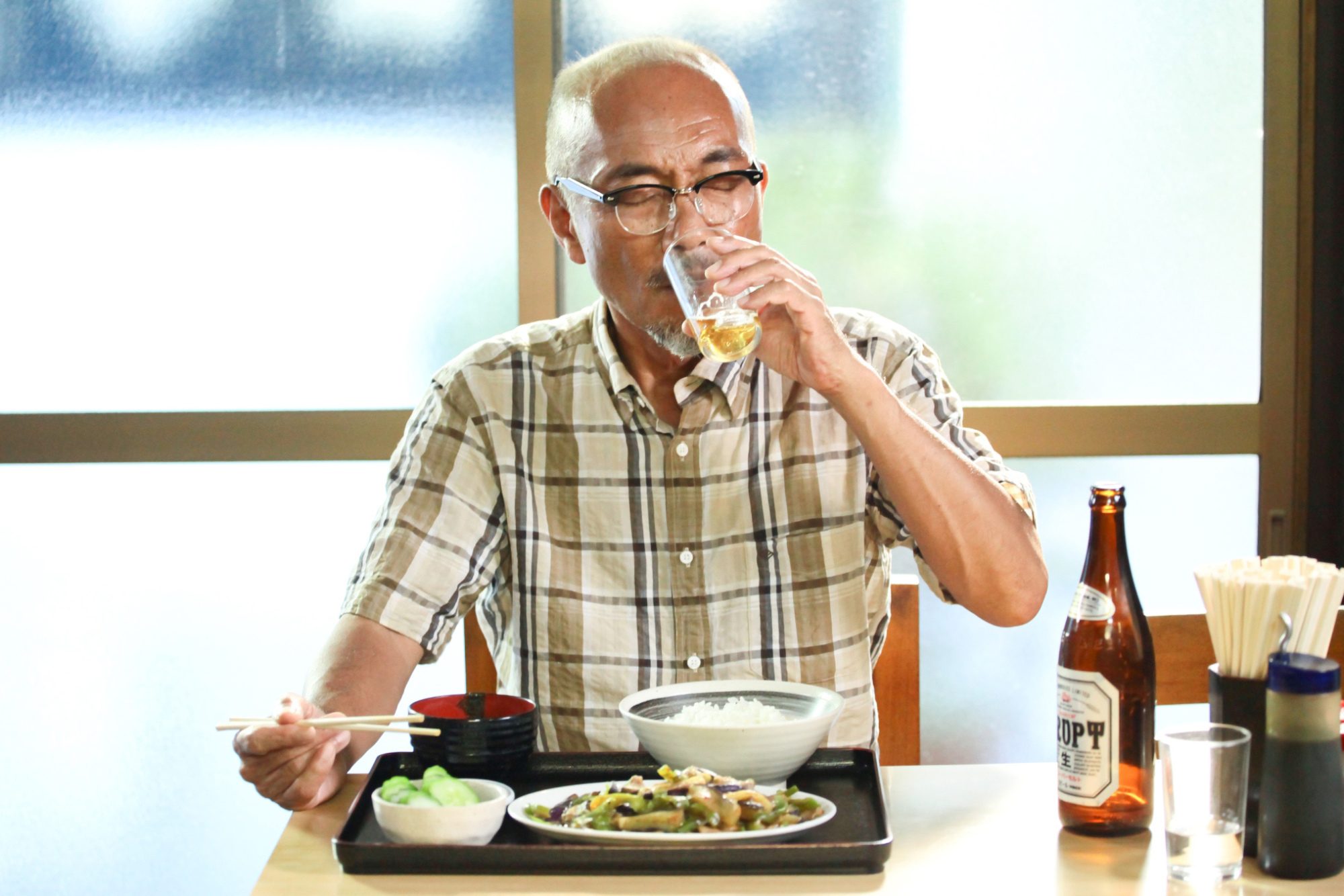In the first episode of Japan's latest contribution to original Netflix programming, "Samurai Gourmet," Takeshi Kasumi enters a small teishoku (set meal) joint and grapples over whether to have a beer with lunch. Inspired by an imaginary samurai, he gets one. That's it.
For viewers in Japan, the 20-minute show is filled with the hallmarks of domestic food programming. What viewers outside of Japan may not realize is this type of televised fare is as Japanese as anime or sushi. Sure, many countries have food shows, but Japan has set the bar particularly high. They don't just teach you how to cook, they teach you how to savor. The cooking shots are in slow motion and close up, there's a soft focus on the preparation, and the act of eating is climactic.
In "Samurai Gourmet" ("Nobushi no Samurai"), Kasumi enjoys his beer with an eggplant-and-pepper stir-fry (though the camera spends as much time on the meals of the other diners in the restaurant). As he takes his first bite, we're on the edge of our seats ... is he going to say "oishii" ("delicious") or "umai" (also "delicious," but a little more masculine)? He closes his eyes and declares ... "umai!" Forget "Game of Thrones," this is Japanese drama. (A side note, if you find yourself at a Japanese home for dinner, the "oishii" verdict is crucial in maintaining positive cross-cultural relations.)



